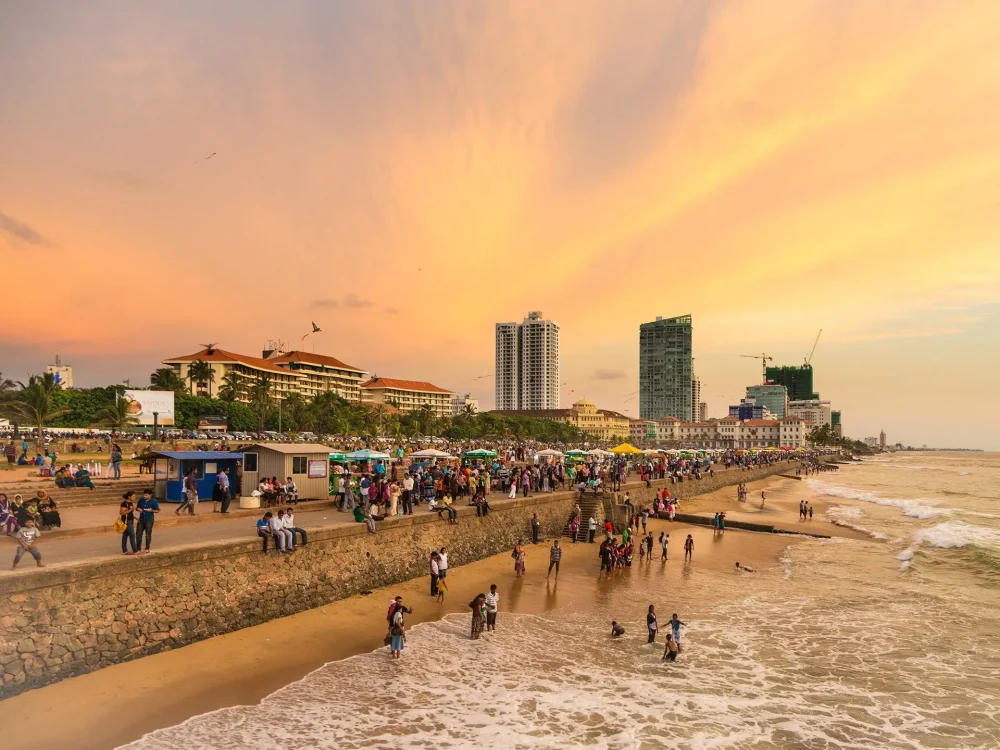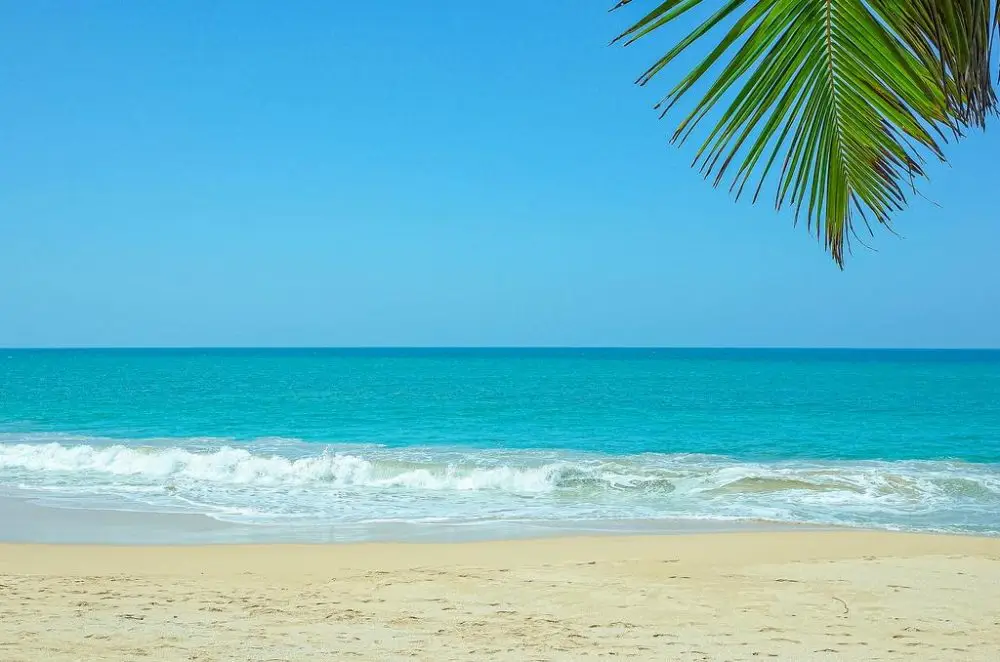Any vacation starts not with tickets and hotels, but with a first aid kit. Due to changes in climate, water, food, schedule, and stress, even the strongest body can easily malfunction. This is especially relevant for flights, beach vacations, tours around Europe, extreme routes, and family trips with children. To prevent a vacation from turning into a medical expedition, it is important to plan in advance which medications to take on vacation, considering the destination, duration, personal health characteristics, and possible risks.
Antiseptics and Protection Against Microbes
Before a vacation, the issue of protection against bacteria and viruses inevitably arises. The risk of infections increases during vacations due to contaminated water, poor-quality food, and crowded tourist places. This is especially true for Southeast Asia, South America, southern Europe, and remote exotic destinations.

List:
- Antiseptic wipes and sprays. Products based on chlorhexidine or benzalkonium are useful for disinfecting hands and minor wounds.
- Miramistin solution. A universal remedy for oral cavity, skin, and mucous membranes.
- Cetylpyridinium chloride. Helps with sore throat and the initial stage of respiratory infections.
- Iodine and green marker. Convenient format for spot treatment of injuries without spills.
In resorts with high humidity (Thailand, Vietnam, Bali), these medications minimize the risks of fungal and bacterial infections.
Medications for Digestive Disorders: Which Drugs to Take on Vacation
During vacations, the body’s adaptation to different foods often leads to diarrhea, vomiting, or constipation. This point is particularly relevant for Egypt, Turkey, India, and countries in Latin America.
First aid kit:
- Loperamide (Imodium, Lopedium). Stops acute diarrhea.
- Smecta and Neosmectin. Sorbents that protect the mucous membranes and bind toxins.
- Enterol. A probiotic with antibacterial action that suppresses intestinal infections.
- Motilium. Relieves nausea and normalizes peristalsis.
- Dufalac or Mucofalk. Regulate stool in case of constipation gently and without irritation.
- Rehydron. Restores the water-salt balance after fluid loss.
For trips in hot climates where dehydration occurs quickly (Emirates, Maldives, Mexico), such medications are essential.
Pain and Fever Relief
Irrespective of the climate, headaches, toothaches, heat from overheating, or viruses can strike at any time. This is especially critical on routes without access to a pharmacy.
Which medications to take on vacation:
- Ibuprofen. Reduces inflammation and pain, lowers temperature.
- Paracetamol. Suitable for children, does not irritate the stomach, acts more gently.
- Ketanov. A strong painkiller, effective for injuries, back pain, and toothaches.
- Nurofen Express. Quickly relieves migraines and menstrual pain.
- Citramon. A combined drug for headaches during pressure fluctuations.
Strong painkillers are necessary for trips to mountains or safaris, where the risk of falls or strains is higher than usual.
Allergy and Sun: Sudden Challenges
Even people not prone to allergies can experience unexpected reactions to new plants, sun, and exotic food. This is critical when visiting the Mediterranean, India, Cuba, and mountainous regions.
Remedies:
- Cetirizine or Loratadine. Non-sedating antihistamines.
- Fenistil gel. Relieves itching and redness after insect bites or burns.
- Suprastin. Suitable for emergencies, acts quickly.
- Skin-Cap or Acridem. For pronounced skin rashes.
- Panthenol spray. Essential for sunburns.
In tropical countries where the sun is particularly aggressive (Sri Lanka, Mauritius, Australia), allergic reactions are often accompanied by sunburn.
Respiratory Problems and Acclimatization
Temperature changes, humidity, air conditioners—all of these often cause colds even on beaches. It is important to consider which medications to take on vacation to alleviate nasal congestion, cough, and sore throat:
- Nazivin or Xylometazoline. Reduce mucous membrane swelling.
- Aquamaris. Nasal rinse for congestion.
- Hexoral or Ingalipt. Disinfect the throat, relieve pain.
- Lizobact. Local antiseptic for the oral cavity.
- Fluimucil. Thins mucus, eases breathing during cough.
In mountainous regions (Alps, Caucasus, Peru) and high humidity zones (Singapore, Philippines), such medications help adapt to new conditions without complications.
Essential Medications to Take on Vacation
A list of medications that should not be overlooked when planning any trip:
- Pain relievers: Ibuprofen, Paracetamol, Ketanov.
- Gastrointestinal drugs: Smecta, Enterol, Loperamide, Rehydron.
- Allergy: Cetirizine, Fenistil, Panthenol.
- Cold: Nazivin, Lizobact, Ingalipt.
- Antiseptics: Miramistin, wipes with chlorhexidine.
- First aid supplies: bandages, plasters, thermometer, tweezers.
- Individual medications: inhalers, antihypertensive, hormonal, or anticonvulsant drugs.
Individual Medications and Prescription Drugs
Chronic illnesses require special attention. The first aid kit must include medications based on the diagnosis—insulin, hormonal drops, anticonvulsants, antihypertensive drugs. Each medication should be in its original packaging with instructions and a prescription in English, especially when traveling to the USA, Canada, Australia.

Holding documents will help avoid issues at the border. For example, when traveling to Israel and the UAE, customs officials may request an official explanation for the presence of psychotropic or hormonal medications.
A First Aid Kit as a Ticket to Carefree Vacation
A properly assembled first aid kit reduces risks significantly. The optimal set depends on the destination, duration, climate, activity, and health condition. The more carefully the kit is prepared, the less likely you’ll need to search for pharmacies in a foreign country. The key is to gather the entire kit before the trip, not on the first day at the beach. A trouble-free vacation starts with a precise calculation of which medications to take on vacation.
 en
en  ru
ru  de
de  nl
nl  ar
ar  es
es  fr
fr  hi
hi  it
it  pt
pt  el
el 











